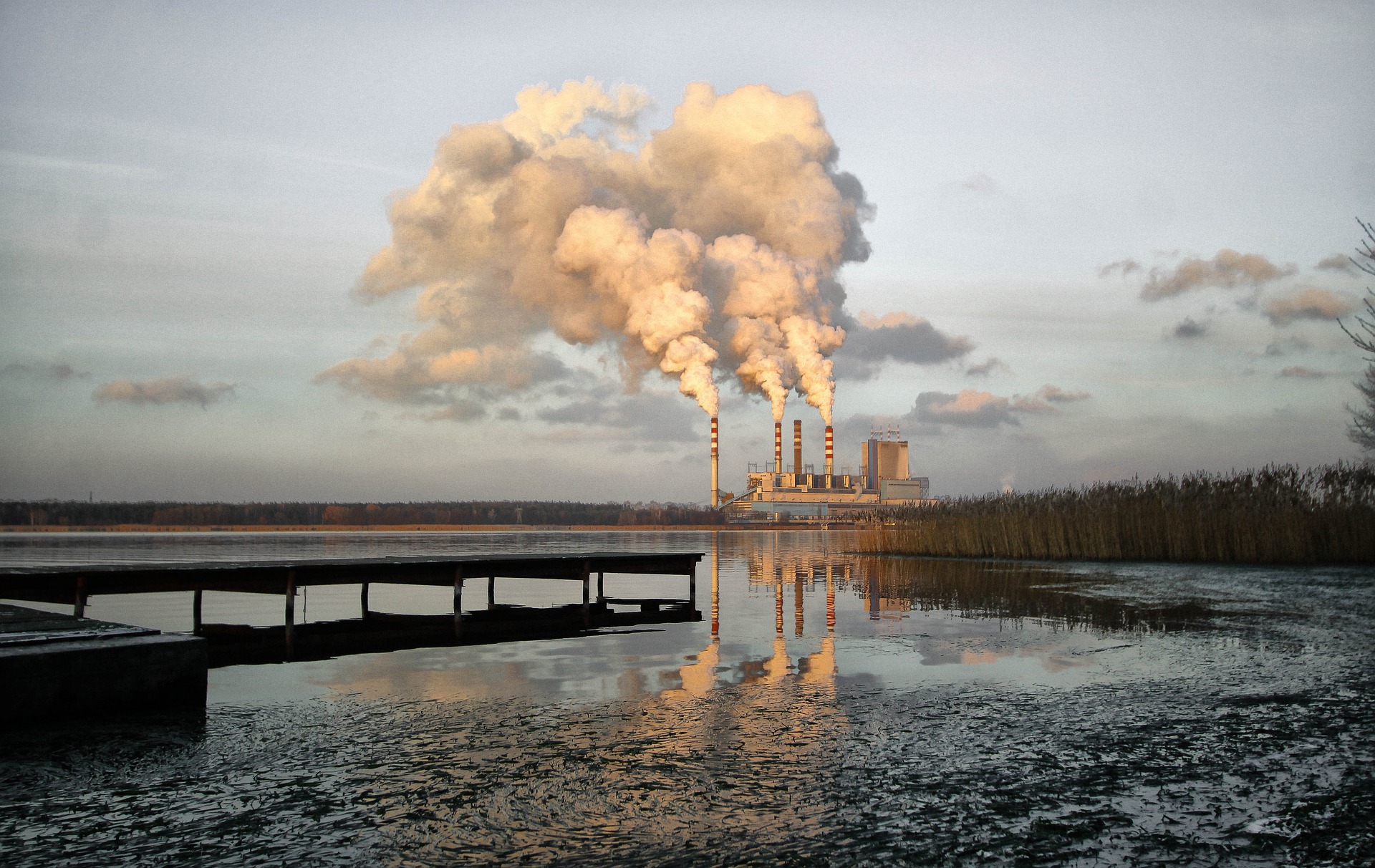The health of marine mammals living in the waters of British Columbia is threatened by chemicals that were introduced into the environment many years ago. These chemicals, due to their very slow degradation process, are called persistent organic pollutants and can remain in the environment for many years (e.g. over 20 years). The chemicals enter food chains and accumulate in the tissues of animals at the top of the food chains, animals that are apex predators like whales and dolphins. The concentration of these chemicals within predators is extremely high, which affects the health of these animals and in many cases leads to death.
This class of chemicals include molecules such as PCB’s (polychlorinated biphenyls) and DDT (dichloro-diphenyl-trichloroethane). PCB’s were first introduced in the 1960’s and were used extensively due to their attractive properties. These compounds, which are durable, do not conduct electricity and are highly resistant to fire and heat. They were used in the production of glue, plastic coating of electric wires and as flame retardants in furniture, just to name a few. Another persistent organic pollutant, DDT, was introduced as a pesticide in the 1940’s. Industries using these chemicals released them into the environment and they made their way into the sea. In fact, many chemicals can leach into aquifers or water sources, even through the land, which contaminates drinking water and ultimately, affects oceans.
PCB’s and DDT are lipophilic, which means that they concentrate in fatty tissues. The bodies of marine mammals contain a layer of fatty tissues which act as an insulator to help regulate the body temperature of these warm-blooded animals that live in cold environments. Lipophilic molecules find their way into zooplankton, accumulate up the food web, and can therefore be found in high concentrations within the fat layers of marine mammals. PCB and DDT molecules are also hormone mimics. Their chemical structures are similar to those of hormones found in marine mammals and they compete with those hormones for their receptors. However, they do not have the capacity to activate those receptors and prevent the natural hormones from doing so. Therefore, they inhibit crucial physiological pathways which impact reproduction, growth, and other normal metabolic pathways.
These persistent organic pollutants, along with other toxins, have been found in high concentrations in Orca in British Columbia’s waters. Northern and Southern Resident Orca, Transient or Bigg’s Orca and Offshore Orca have been found to have very high level of pollutants in their blubber. The highest levels of pollutants have been found in Transient Orca. This is a serious concern as these chemicals have been found to have immunosuppressive properties and cause reproductive issues. Another major concern is that they concentrate in the milk of lactating females and are then transferred to their offspring. As only half of Orca calves survive their first year, these chemical pollutants are believed to be one of many factors that challenge their survival.
What can you do?
- Use environmentally-friendly biodegradable cleaners inside and outside your home, to minimize chemicals entering waterways. Pay extra attention to the cleanser you use when you wash your cars, as the waste-water goes directly from the road drain into waterways.
- Practice natural lawn care. Don’t use pesticides and chemical fertilizers that can affect aquatic ecosystems, and possibly could initiate algae blooms that choke out marine life.
- Encourage provincial and federal governments to pass stricter laws for testing new chemicals before its use and better regulations regarding use of existing chemicals. In addition, governments need to enforce laws to ensure proper disposal of industrial wastes.



